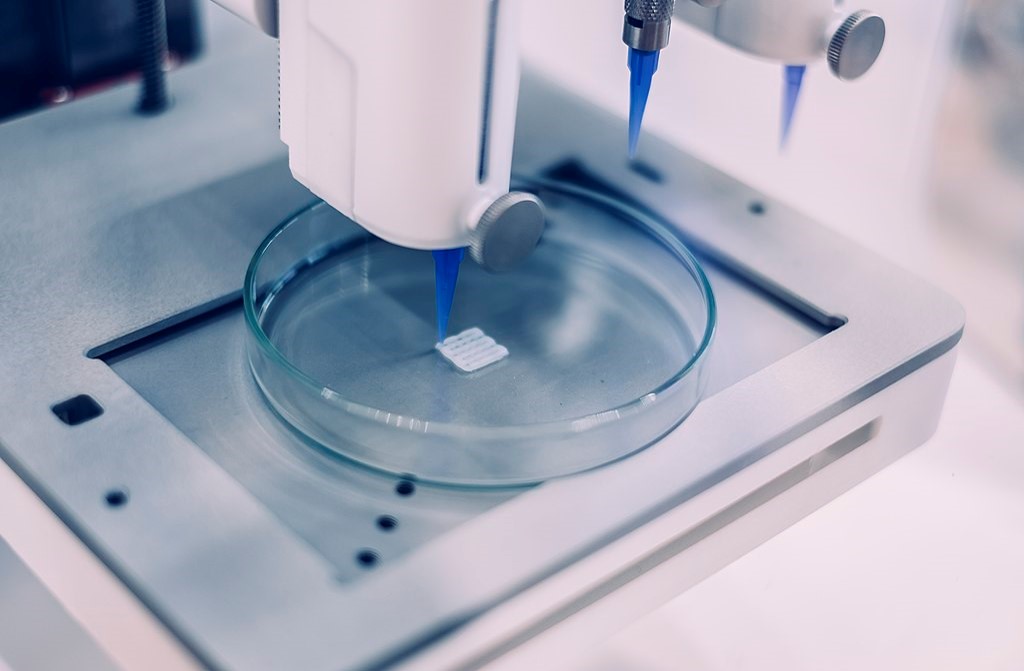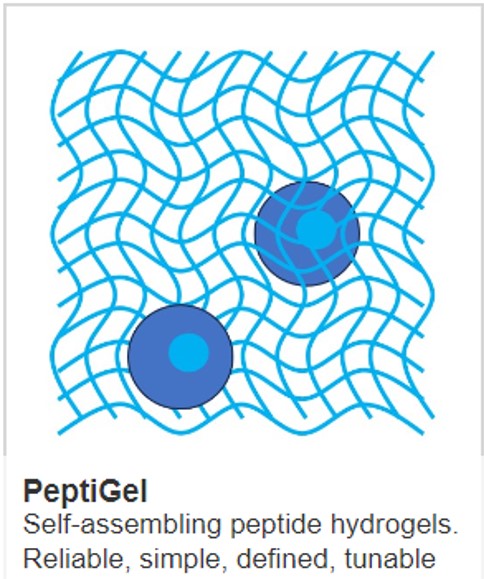What is scaffold-based 3D culture?

Before a drug is deemed suitable for patients, it must undergo a rigorous testing process and cost-effectiveness analyses. The testing begins in a lab where researchers investigate the process behind a disease at either cellular or molecular level. In the past, this has been completed using 2D cell culture, which is convenient and accessible, but more often, cells are grown in a complex 3D environment.
3D cell culture has grown in popularity as research has shown that cell cultures in 2D are not as representative of the cells in the complex microenvironment of tissue as those cultured in 3D.
Scaffolds for 3D cell culture
The advanced cell culture methods and protocols that have been developed to culture cells in 3D environments in vitro can be split into two distinct categories:
- scaffold-based
- scaffold-free
The most conventional approach for 3D cell culture is the growth of cells on a structural scaffold that mimics the physiological extracellular matrix (ECM) through biopolymers. These scaffolds can be inserted into conventional cell culture workflows or can be the starting point of more complex tissue engineering projects, such as developing artificial organs.
Scaffold-based 3D cell cultures rely on the scaffold element to provide physical support to cells, allowing them to aggregate, proliferate and migrate. Cells are traditionally grown on top of ECM proteins in 2D cell culture, but this has not always accurately represented the in vivo environment. However, using scaffold-based cultures in 3D cell culture allows cells to be embedded into the matrix, meaning the scaffold’s material will influence cell characteristics. This is why selecting the most suitable scaffold for your application is essential to ensure it is the most relevant scaffold for the drug screening and development you are trying to complete.
Selecting scaffolds for 3D cell culture
When choosing the suitable scaffold for your 3D cell culture, it is essential to consider:
- Scaffold Stiffness – scaffold stiffness can affect cancer progression and drug resistance adversely. It also influences cell behaviour which can harm disease modelling.
- Functionality – the functionality in your chosen ECM will impact the support of and interaction with cells, affecting cell behaviour. This is why it is essential to define and optimise the functionalities in your chosen scaffold to get the best match for your cell types.
PeptiGels for 3D cell culture
The PeptiGels, now available from Cell Guidance Systems are fully synthetic peptide hydrogels that are not only formulated to meet your cells’ needs and are biologically relevant, but they are also specifically designed with a range of mechanical properties and chemical functionalities to enable them to mimic the native cellular microenvironment of any cell type.
As Cell Guidance Systems can customise our ECM scaffolds, researchers can take advantage of the benefits of each type of scaffold, allowing them to create the optimal in vivo environment in vitro.
IMAGE credit Phillip Ezze



